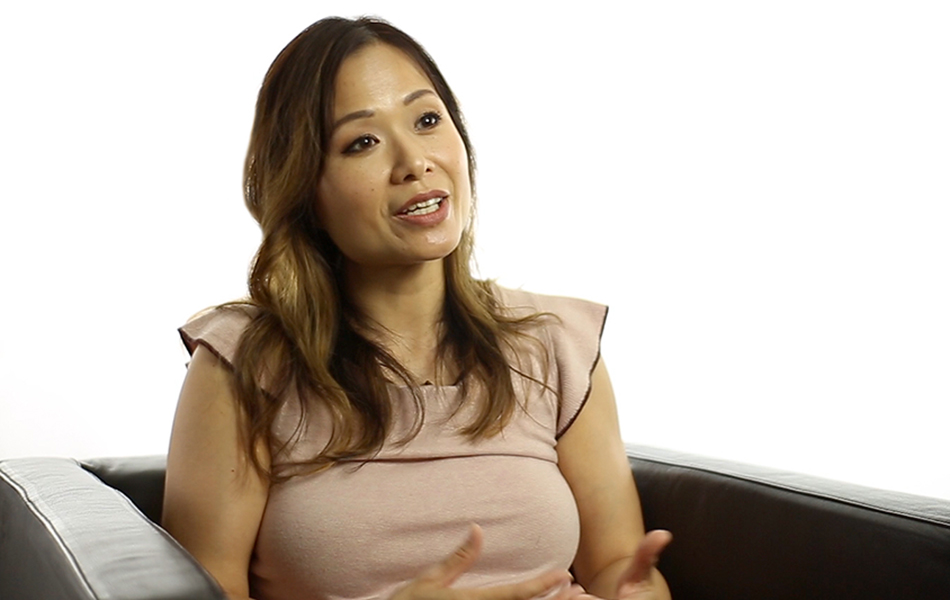How do facemasks and other COVID-19 preventative measures affect communication for individuals with hearing loss? Language Sciences member Dr. Brenda Poon aims to find out.
As the Wavefront Centre for Communication Accessibility research division lead, and Assistant Professor with the UBC Human Early Learning Partnership (HELP), Poon works not only to understand how to make environments more accessible for those with hearing loss, but also how community action can address health inequities, including a difference in the use of services, for populations from diverse backgrounds.
What does your work at Wavefront entail?
Our community-based research division has a particular focus on best practices for communicatively accessible environments, including at work, school and in the community. Up to 65% of adults in BC aged 60 years and older will develop hearing loss. Yet less than one-quarter will use hearing health care, with most delaying treatment for seven to 10 years on average.
Untreated hearing loss not only affects communication, but is also linked with quality of life, social isolation, greater risk of falls, and reduced financial security.
What kind of new research has COVID-19 inspired or enforced when it comes to communication accessibility?
Our research division is interested in investigating ways that individuals with hearing loss are experiencing the pandemic and pandemic measures.
We are currently planning a project with partners on the impacts of personal protective equipment (PPE), such as facemasks and face shields, and also plexiglass barriers, on the quality of communication that individuals with hearing loss experience. Increasing use of facemasks/shields and physical barriers in places such as grocery stories, pharmacies, and restaurants, can adversely affect the ability to hear and communicate well in these settings.
With our partners in UBC Schools of Audiology and Speech Sciences and Population and Public Health, we are exploring ways that these measures are influencing workplace communication practices and in turn worker safety, productivity, and well-being.
One avenue of interest is to identify, develop, or test possible interventions or solutions that could help address communication issues commonly experienced between workers with and without hearing loss while using PPE/physical barriers.
We also recognize that remote work and meetings via video conferencing have become much more commonplace.
We are interested in ways such remote arrangements and online meeting platforms function for individuals with hearing loss and also effective strategies to facilitate clearer communication among individuals with and without hearing loss (e.g., real-time captioning, cameras on, well-lit space, speaking pace, headphone and microphone use).
What kinds of community actions and systems have you found are successful at addressing health inequities?
My Community Research & Engagement Lab (CoRELAB) has found that the child and family service systems in BC, particularly for young children and families, can be challenging to access and navigate. They can be more difficult to access for groups who experience financial and employment instability, and who also face multiple barriers to reaching and using services such as communication or language barriers, physical distance, and programs that are not inclusive of those with diverse language and cultural backgrounds or special health or developmental needs.
Using a partnership approach between parents and service providers and creating a common point for first accessing services, where most or all children or families already are or will be (e.g., hospitals soon after birth, upon school entry), can help to create contact points with families from diverse circumstances and backgrounds.
This allows service providers to build rapport, create connections, and share resources with families, and provide health promotion, education, and follow-up services, providing children and families more equal access to both universal and specialized supports as needed.
We’ve also seen the growing emergence of “one-stop-shop” models that aim to promote collaborative and coordinated service systems by creating convenient points of access to community supports and services from across health, education, and social service sectors that surround the child/family. When more specialized supports are needed, there are also models where a system navigator can work alongside a child/family to help with navigating the system.
